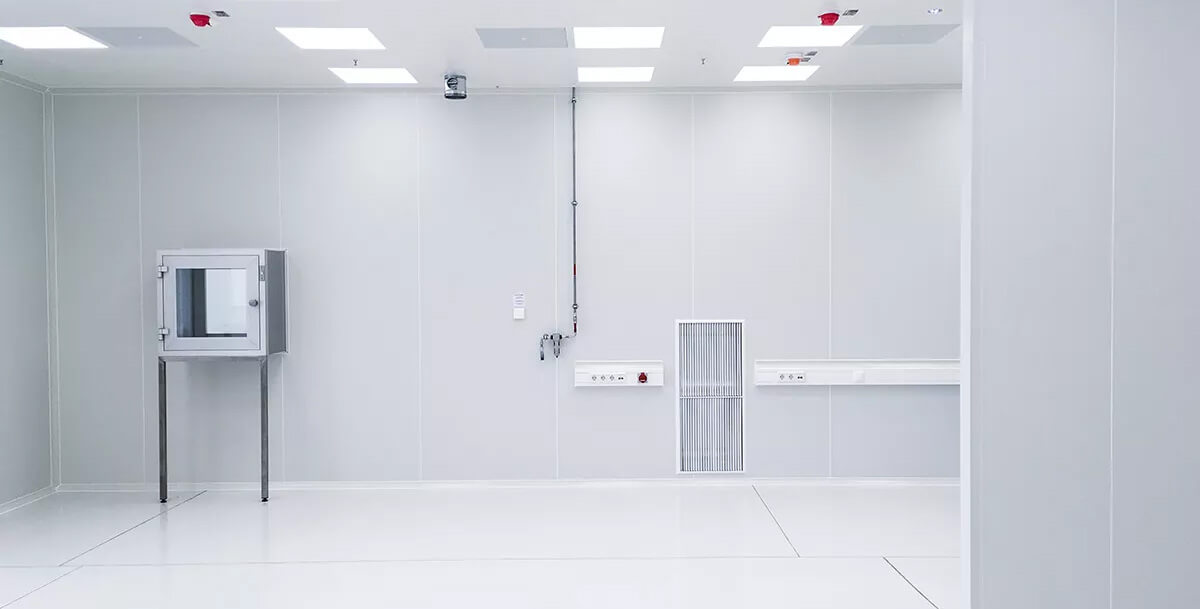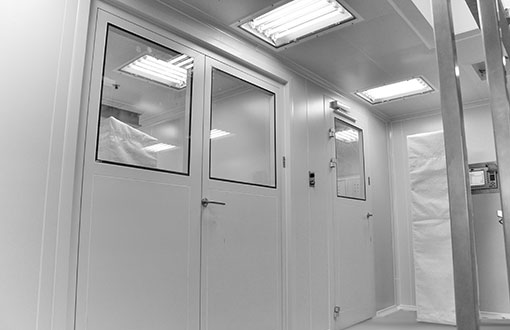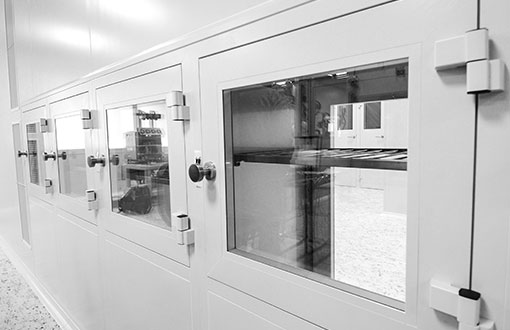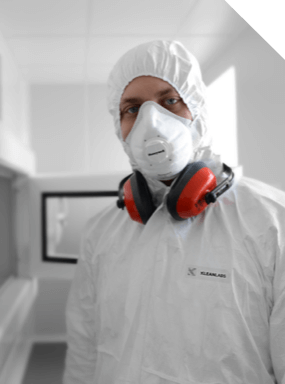Automotive components are also increasingly expected to be very clean. These demands used to apply to far fewer components, but today the need for cleanliness in the automotive industry is growing exponentially. We can define the required cleanliness based on VDA and ISO standards.
In order to ensure the desired cleanliness in assembly plants, it is becoming increasingly common for component suppliers to be required to meet cleanliness standards. Cleanroom solutions are needed to meet these requirements. In this article we report on the following, regarding the automotive industry:
- VDA standards on cleanliness,
- some categories of parts concerned,
- cleanroom solutions that comply with the VDA standard, and
- Kleanlabs’ solution for companies in the automotive industry.
What are the VDA standards of cleanliness?
What is VDA? Verband der Automobilindustrie is the German Association of the Automotive Industry, who published a series of standards and recommendations that are compulsory for German car makers.
- VDA 19.1 - Technical cleanliness testing: particle contamination of functionally relevant automotive components - Manual for the testing of cleanliness.
- VDA 19.2 - Technical cleanliness in manufacturing: a manual for manufacturing processes.
- ISO 16232:2018 - The most recent version of the standard, which is identical to the VDA standards.
The ISO standard distinguishes between 7 particle size categories, of which E refers to particles between 50-100 microns, progressing in steps up to K, a group of particles above 1000 μm.
The Sauberkeitsklasse indicator SK classifies the degree of cleanliness into six classes from I to VI according to the amount of each particle size group on the surface area of the object per 1000 cm2.
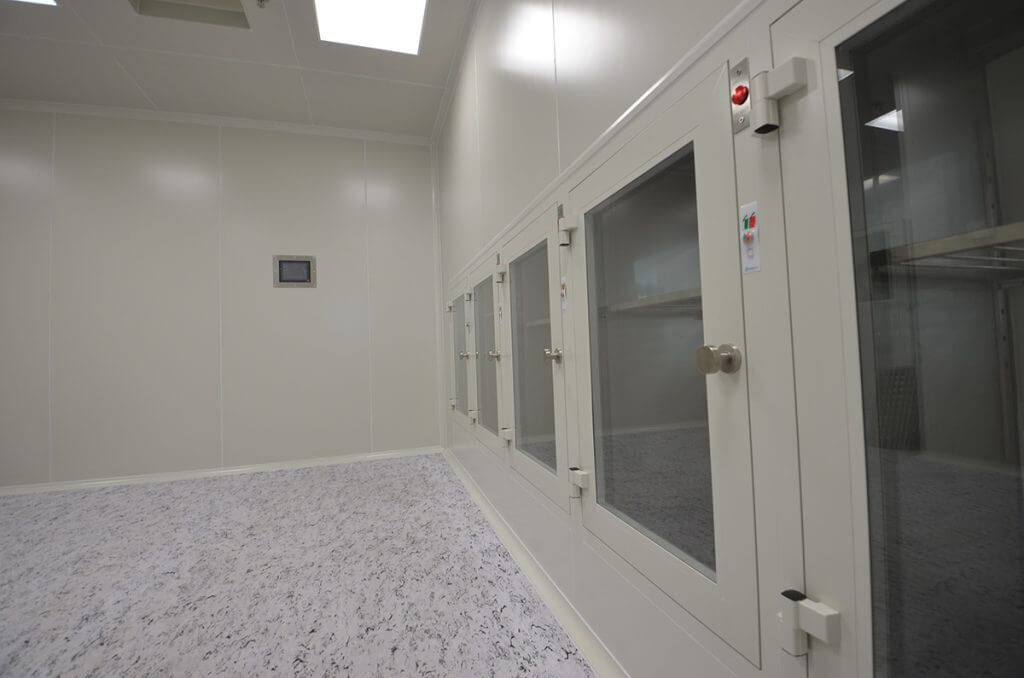
Cleanroom built for Continental
Particular attention should be paid to metallic shavings and other metal contaminants generated during machining, for which the SK classification sets stricter requirements. For example, at the SK I level, only one metal particle of 400-600 microns can be present on a surface of 1000 cm2 and none larger. Small numbers of particles of other materials are allowed in this size class.
Cleanliness expectations in automotive manufacturing are on the rise
The standards just described are now increasingly required in car manufacturing not only at the OEM and TIER 1 suppliers but also at TIER 2-3. It has become a general industry trend that more and more players in the value chain are expected to produce parts with a high level of cleanliness regarding dust, and film contamination.
This direction is being reinforced from several sides:
- Although chip and PCB production has always required clean processes, the use of these components in the automotive industry has increased radically in recent years.
- A new challenge is a demand for high cleanliness in the production of components for batteries and electric motors in electric and hybrid cars.
- Components for more and larger displays also require high-purity manufacturing technology.
- High-gloss components with protective films, such as door sill trim, center console elements, displays, and similar surfaces. Applying protective film on them will make sure these remain scratch-free until delivery, provided the protective coating is applied under appropriate cleanroom conditions.
Given these reasons, it is understandable why the demand for compliance with cleanliness standards is growing exponentially, and this includes work processes carried out in a cleanroom.
Cleanroom solutions enable suppliers to fulfill VDA cleanliness standards
Compliance with the relevant VDA standards is practically inconceivable without a cleanroom solution. These modular cleanroom solutions are typically built in electronic, biological, pharmaceutical, and automotive environments and aim to minimize the number of particles in the air.
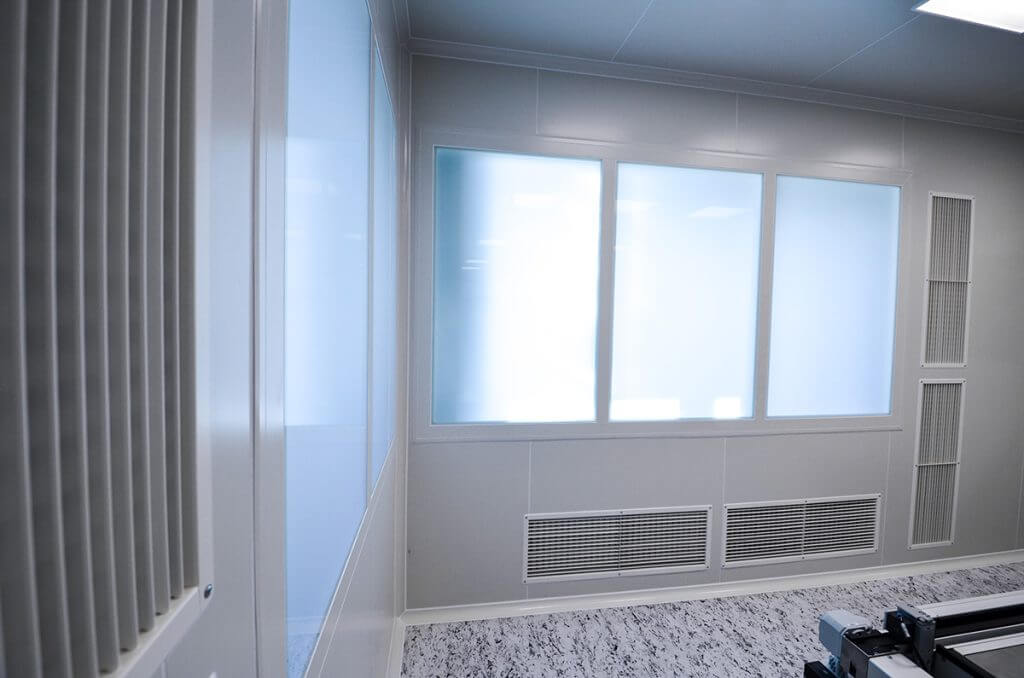
Cleanroom built in the gearbox factory of ZF Hungária Kft
The particle size, as interpreted and regulated by ISO-14644, which defines cleanrooms, is a maximum of 1 micron, but typically between 0.3 microns and 0.5 microns, and is intended to filter particles that are not visible to the naked eye. For comparison, human hair is approximately 50 μm thick.
While the above mentioned automotive standards regulate the surface cleanliness of the product, the essence of a cleanroom is to provide a clean working environment. Cleaner than the relevant VDA standards, as even the most stringent SK I class allows particles larger than the size of particles in a well-built, used and maintained cleanroom.
However, this only provides a working environment, the cleaning of any workpiece that may have been contaminated during previous processes is essential. A good solution could be a system whereby the workpiece is washed or ultrasonically cleaned, or even wiped to a suitable quality, and then conveyed to the cleaning area via an air-flow conveyor, aisle, or pass boxes. During transport, the products are blown with purified air or through a HEPA filter with contamination-free air.
Once in the clearance area, the possibility of cross-contamination is also minimized, as there is overpressure. This means that at the point of entry, the clean air inside is forced outwards by airflow and pressure, preventing the contaminated air outside from entering. Such a system and process ensures that a product of VDA standard purity is delivered.
Standard cleanrooms allow further processing of the product without contamination, for example: assembly, soldering, or packaging.
Even at TIER 3, it is worthwhile to invest in cleanroom solutions
The ever-increasing demand is already felt at all levels of the automotive supply chain, and the range of products involved, and hence the range of suppliers, is expected to continue to grow in the future.
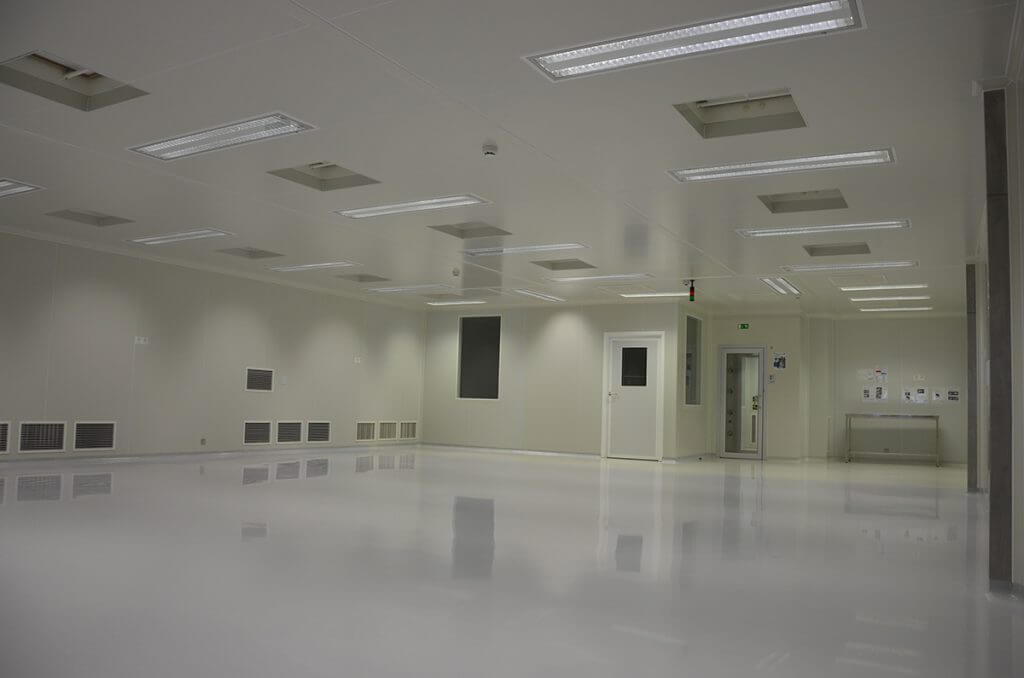
Large cleanroom at the Nissho factory
In the case of complete cleanrooms constructed by Kleanlabs, the qualification according to the standard is always carried out by a third party. This enables us to ensure that we meet our contractual obligations and deliver cleanrooms that operate to standard.
A good contractor will hand over the finished space with a so-called AS-BUILT qualification when handing over the finished space. However, product cleanliness compliance with the relevant VDA standard also depends, to a large extent, on the cleaning process. Thus, the installation of a cleanroom does not in itself mean that the product will be packaged and delivered in accordance with the VDA standard and the customer's expectations, it also requires appropriate cleaning procedures. But the subsequent work processes in a cleanroom can guarantee that the purity required by the standard is maintained.
Kleanlabs has built cleanrooms for a number of customers who are involved in the automotive value chain with one or more of their products. For them, the cleanroom provides a useful solution for the production of VDA compliant products. If you are interested in our cleanroom solutions, please contact us.

